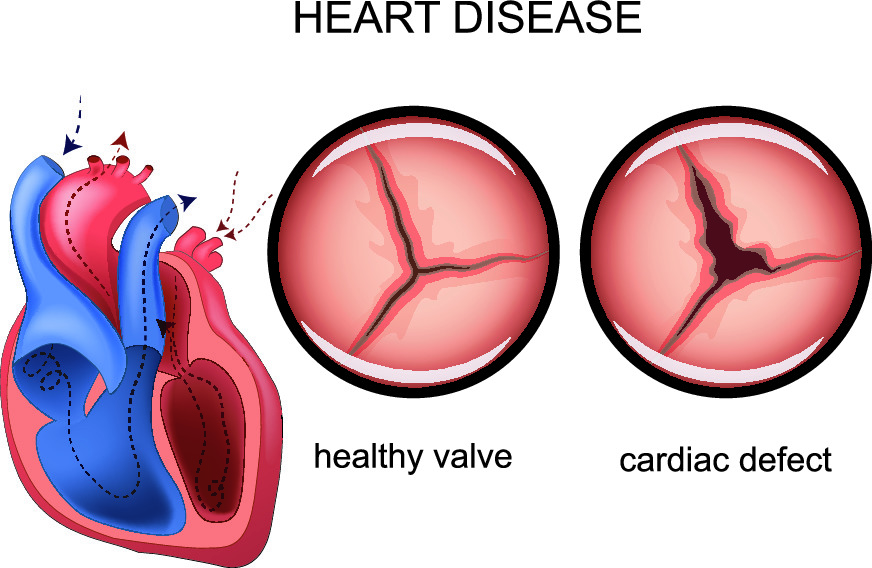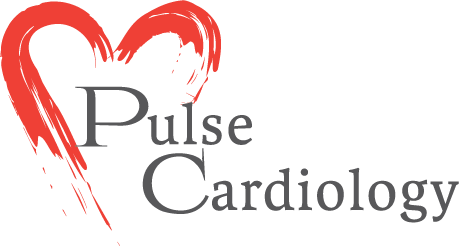Mitral Valve Disease, Symptoms, and Treatment
What is Mitral Valve Disease
First off, we need to understand what is the mitral valve? The mitral valve is located on the left side of the heart between the left atrium and the left ventricle. This is the valve that keeps the blood flowing properly in one direction and prevents the blood from flowing backward.
Mitral Valve Disease occurs when the valve doesn’t work properly and correctly. With mitral valvular disease, the blood starts to flow backward into the left atrium. As a result, the heart does not pump enough blood out of the left ventricular chamber to supply the body with oxygen-filled blood. There are different types of mitral valvular diseases, such as:
- Mitral Valve Stenosis,
- Mitral Valve Prolapsed

Mitral Valve Disease Symptoms
It is important not to only understand what mitral valve disease is, but also its’ symptoms. Symptoms include:
- Cough
- Light-headedness
- Irregular heartbeat (heart murmur)
- Fatigue
- Shortness of breath, particularly when you have been very active or when you lie down
- Pain or tightness in chest
- Irregular heart beating or very quick heartbeats
The problem with mitral valve disease is that it can go unnoticed for a long period of time since many times the person does not show any symptoms of any sort. This leads to an even bigger problem that is if left untreated, mitral valve disease can lead to serious, life-threatening complications, such as heart failure.
If a doctor suspects a person who might have mitral valvular disease, then various cardiology tests will be required such as, Echocardiogram, X-ray, and Transesophageal Echocardiogram.
Mitral Valve Disease Treatment
Once diagnosed in time, there are different options for mitral valve disease treatments depending upon the severity of the disease. A brief overlook at the different treatment options availabl :-
*Please consult a cardiologist for detailed information – This article is made for educational purposes*
Drugs and medication
If a person is diagnosed at an early stage of mitral valve disease, a doctor might prescribe different medications for controlling the advancement of the disease. The problem is that there is no direct medication available for this disease. Usually doctors prescribe drugs to control the symptoms, such as beta blockers to control the heart rate or anticoagulants to keep your blood thin.
Valvuloplasty
Valvuloplasty is a medical process in which the doctor uses a balloon to open the valve which has become narrow and is causing hindrance in the blood flow. With this procedure, the valve is opened up so that the blood can flow freely in the right direction.
Surgery
In the most severe cases, a surgery might need to be performed to repair the mitral valve.
Just like all diseases, the best cure is to lead a healthy lifestyle and to go for regular checkups to avoid future and further complications.
Click here to learn more about the different types of Valvular Heart Diseases
